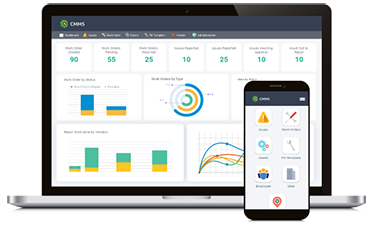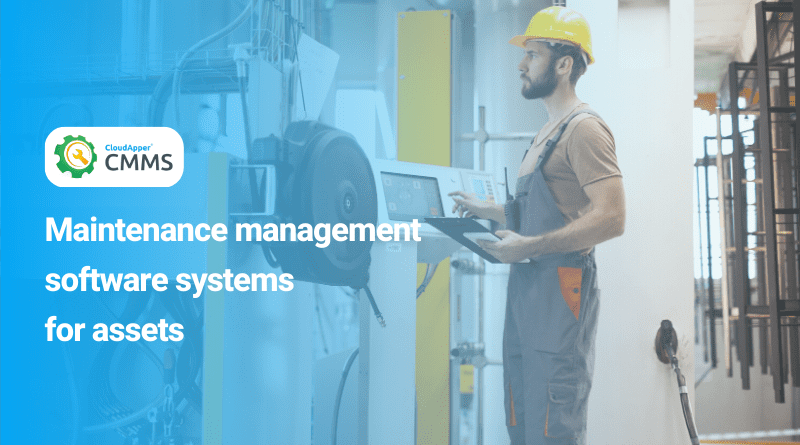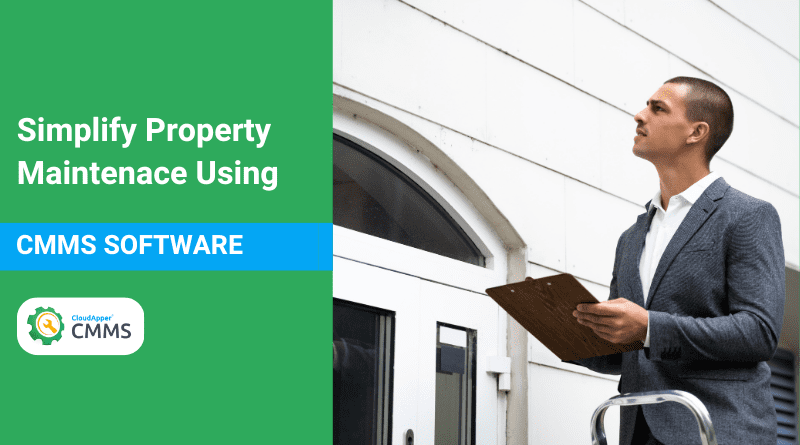Table of Contents
To keep using industrial gear for as long as possible, predictive maintenance is expected to grow considerably in the next few years. This is because it has matured into a generally acknowledged practice within the last five years. These systems have progressed throughout the previous quarter century, but in the last five years, they have experienced a revolution.
What is Predictive Maintenance?
With data science and predictive modeling, CMMS software can forecast when a piece of equipment will break. The objective is to schedule maintenance when it will be least disruptive to operations and have the most impact on extending the life of the equipment without actually having to replace it. To avoid the expense of unnecessary preventive maintenance while still minimizing the frequency of required maintenance, predictive maintenance enables the frequency of necessary maintenance to be as low as feasible.
How Predictive Maintenance Works
Condition-based maintenance takes the form of predictive maintenance, which uses sensors to track an asset’s health. These sensors provide information that may be utilized to schedule maintenance and keep assets running smoothly. The most cutting-edge kind of maintenance nowadays is predictive maintenance. Organizations risk conducting insufficient or unnecessary maintenance if they rely on a time-based schedule. Reactive maintenance, in contrast, only takes place if and when necessary, leading to unplanned downtime. These problems are evaded by predictive maintenance. Here is how you can implement it for your facility:
- Define Metrics:
The first thing your maintenance team needs to do is sort out the limit of the assets. When the limit is crossed, maintenance will be triggered.
- Install Sensors:
Next, install a suitable sensor for each asset. For instance, a temperature sensor may be fastened to a boiler, and a vibration meter might be installed on a mechanical asset containing gears.
- CMMS Connection:
Now the data from the sensor needs to be connected with CMMS software using an IoT device. Finally, the data will be analyzed and make meaningful insights.
- Automatic Maintenance:
Once the data shows that it has crossed the set limit, automatic maintenance is fired, and, depending on the type of CMMS you are using, a work order will also be automatically created.
What the Future Holds For Predictive Maintenance
The need to cut downtime and costs while increasing capacity and profits has driven the expansion of this. This represents a method of preventing asset failure by analyzing insights from industrial production. This also identifies patterns, trends, and anomalies and then predicts changes, issues, and failures before they become problems. It’s no secret that predictive maintenance is often considered the “killer app”. This is due to the Internet of Things (IoT) and its substantial return on investment across a wide range of metrics.
With an average outage length of 4 hours and 82% of organizations experiencing unexpected downtime. In the previous three years, the opportunity for it to address this is substantial. With a CAGR of 21.9% between 2022 and 2032, the worldwide predictive maintenance market is projected to reach a value of US$ 45.5 Billion. To put that in perspective, less than $1.5 billion was invested in the worldwide predictive maintenance sector only five years ago.
The emergence of predictive maintenance is fueled by the need to stretch the useful life of machines and tools and the increasing use of IoT and AI/ML to reduce asset-specific downtime and maintenance costs.
CloudApper CMMS
One of the most flexible CMMS Software is CloudApper CMMS it can be used for both types of maintenance. The flexible nature of the solution is made possible by the fact that the CMMS is built on a cutting-edge no-code platform. Preventative maintenance is a standard feature, and the system may be modified to do predictive maintenance as well. The system is highly customizable and can be adjusted to meet the requirements of any business – contact us now to learn more.
What is CloudApper AI Platform?
CloudApper AI is an advanced platform that enables organizations to integrate AI into their existing enterprise systems effortlessly, without the need for technical expertise, costly development, or upgrading the underlying infrastructure. By transforming legacy systems into AI-capable solutions, CloudApper allows companies to harness the power of Generative AI quickly and efficiently. This approach has been successfully implemented with leading systems like UKG, Workday, Oracle, Paradox, Amazon AWS Bedrock and can be applied across various industries, helping businesses enhance productivity, automate processes, and gain deeper insights without the usual complexities. With CloudApper AI, you can start experiencing the transformative benefits of AI today. Learn More

















